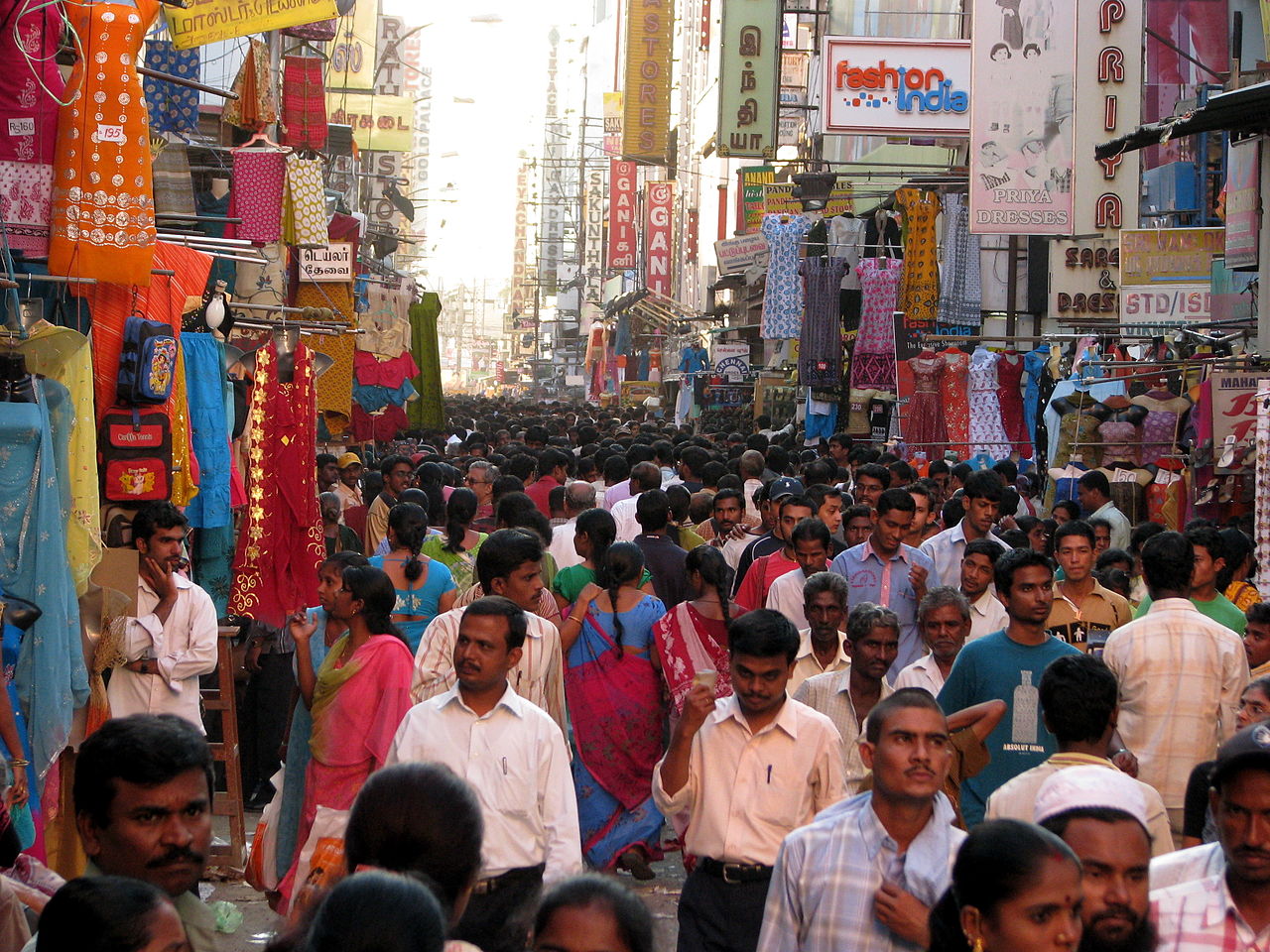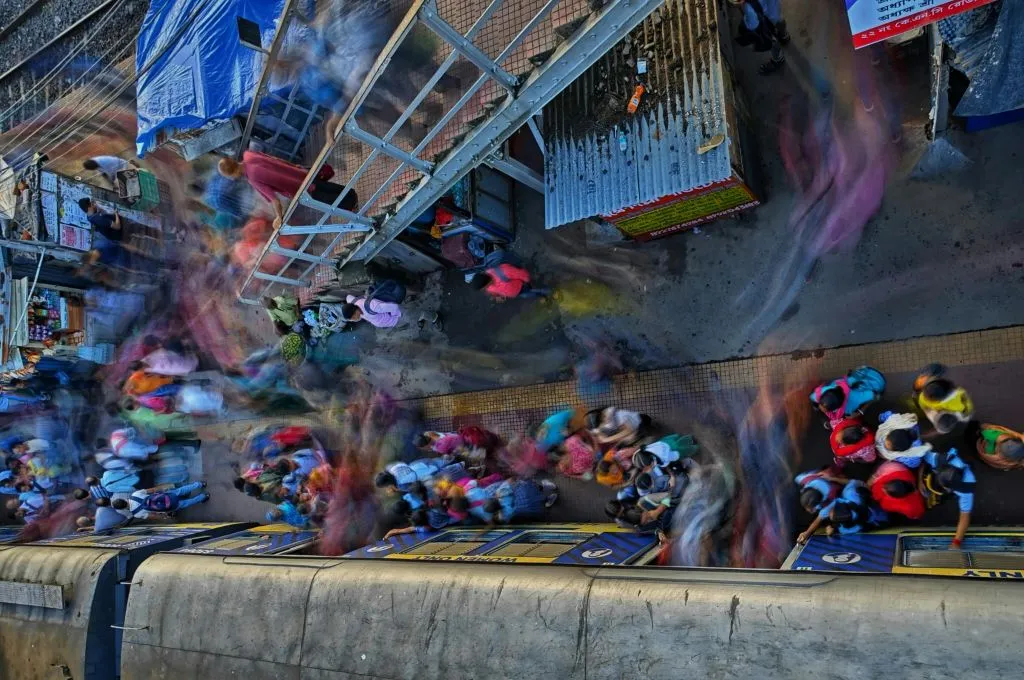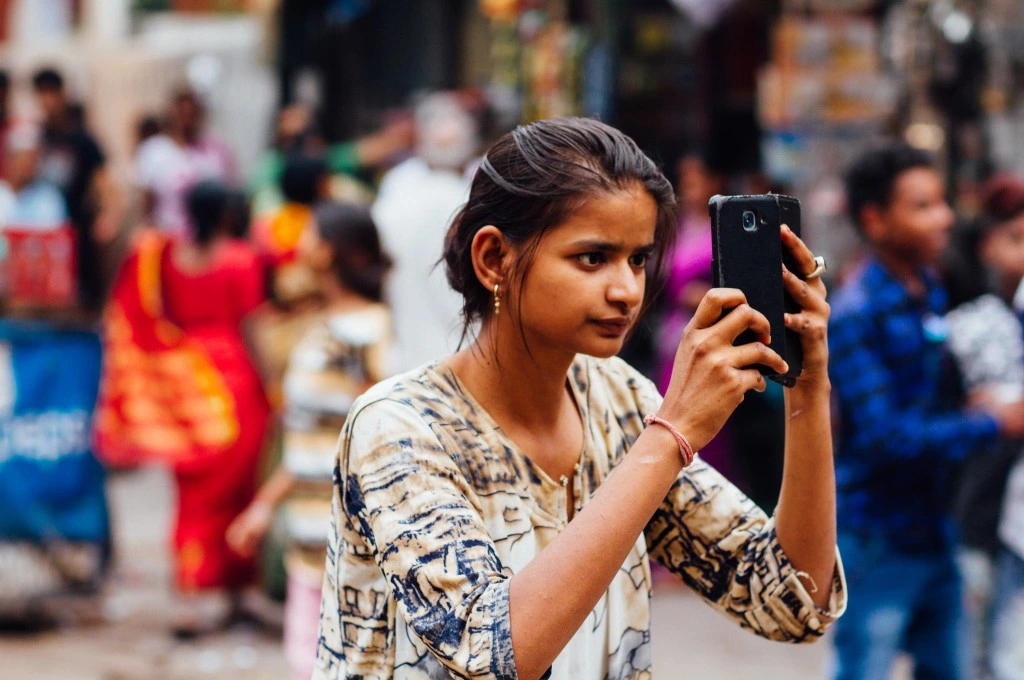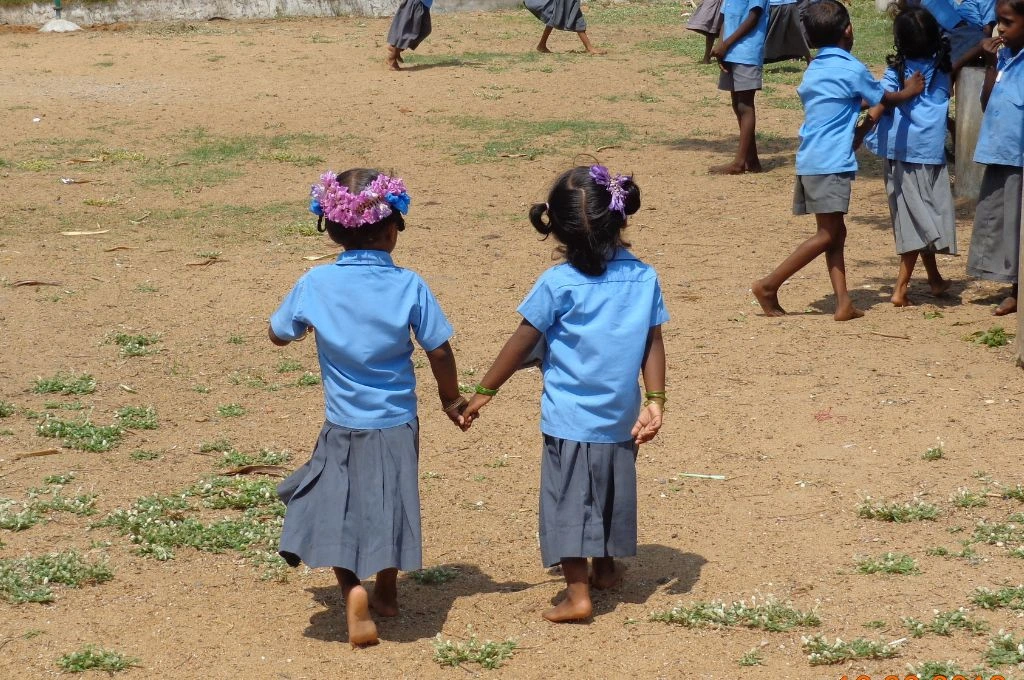On August 15, 2017, Independent India will be 70. Is India@70 significantly different from India at 50? If yes, how, and what is the implication of this for our collective desired future: inclusive, sustainable development for India, that can contribute to environmental resilience and global peace?
Indeed, the India of 2017 is significantly different from the India of 1997. For me, India@70 is characterised by three asymmetries:
- The Aspiration vs Attainment Asymmetry at the level of self-concept of individuals
- The Rights vs Responsibility Asymmetry at the level of how individuals relate to each other
- The Technology vs Mythology Asymmetry at the level of how individuals relate to the environment and other aspects of existence beyond human control
The collective scope of these three asymmetries spans everything that human beings are and experience.
The collective scope of these three asymmetries spans everything that human beings are and experience—from their sense of self and their social relations, to how they deal with the world beyond human ambit.

By describing these dyads as asymmetries rather than as contradictions or dichotomies, we are underlining that we are not arguing for one side over the other. Instead, we are pointing to the imbalance that exists in today’s India in each of these dyads: aspiration over attainment, rights over responsibility and technology over mythology.
The Aspiration vs Attainment Asymmetry
The self-concept of Indians has changed a lot in the last 20 years. Today, India is a nation of the young, with a median age of just under 28. Over 58 percent—nearly 706 million Indians—are below the age of 30. Compared to the older generation, the younger lot has higher number of years of education, much higher access to media and the internet, and much greater possibilities of physical mobility. All this has led to an explosion of aspirations, since it just takes a few seconds to download a YouTube video even in a remote village in India and get a glimpse of the life that others live, whether in Colaba or in California.
Roughly one out of four children in Standard VIII cannot read Std II texts.
Yet, the aspirational explosion is matched with an attainment implosion. As an example, see PRATHAM’s Annual Status of Education Report (ASER) for 2016. It showed that while enrollment rates in our schools were above a very creditable 95 percent, roughly one out of four children in Standard VIII could not read Std II texts and 57 percent of Std VIII students could not correctly solve a three-digit by one-digit division problem.
With such a disadvantage in educational attainment, how can we ever encash the much-heralded ‘demographic dividend’? It seems more like a demographic disappointment. Higher education—or even acquisition of vocational skills—is difficult, if not impossible, for these young people and that has implications for their employability. Yet, they must live and make a living.
So, the school drop-outs of yesterday, whose aspirations have been kindled but means of attainment extinguished, vent their ire against ‘the system’ in multiple ways, such as joining gangs of vigilantes. Given that the numbers of such young people run into millions, this will be a huge socio-economic problem, to which we have not yet woken up as a nation.
Unless something is done in the next five years, it may be too late. We need a national mission for promoting self-employment, starting with skill, business and entrepreneurial training, followed by start-up financing and handholding until the self-employed persons stabilise their enterprises. It will be impossible for India to have inclusive, sustainable development without this.

This aspiration-attainment asymmetry is not only among the youth or the lower-income groups: it exists in the older and richer segments as well. As a society, we need to figure out how to curb the need for obsessive consumption and constant upgrading of our living standards, given the high cost to the environment and to ourselves. We, the older and more privileged ones, need to practise the ancient wisdom of “simple living, high thinking,” preachy as it may sound.
The Rights vs Responsibility Asymmetry
While there has been a massive increase in the awareness and assertion of rights and entitlements in the past two decades, there has been no corresponding increase in our sense of responsibility. A majority of us do not feel any responsibility for building and preserving the normative and institutional framework that protects and promotes those rights.
Yes, there has been a fair amount of activism, mainly for assertion of rights and entitlements, be it for Rural Employment Guarantee, the Right to Education or the Right to Information—and rightly so. But little has been done to enhance citizens’ sense of responsibility: something as simple as, for example, asserting that it is the responsibility of government school teachers to attend school and teach. Or, at a personal level, how many of us show responsibility towards the environment by reducing, reusing and recycling?
What is the implication of this asymmetry for the goal of inclusive, sustainable development? The numeric logic of universal adult franchise ensures that political leaders feed on the entitlement mentality with pre-election freebies and promises of more, which militate against either fiscal or environmental sustainability. But no political leader dares raise the issue of responsibility, for fear of losing the elections.
The way out of this is to first practise and then promote the notion of responsibility being an essential precondition for entitlements. Once that belief is more widely adopted, our public life is bound to become more accountable and the conduct of public systems and institutions is bound to improve.
The Technology vs Mythology Asymmetry

The underlying worldview of those who believe in the power of technology is that Nature is meant to be conquered and used for furthering the quality of human life through the application of science. This worldview yielded an enormous increase in the lifespan and quality of life of millions of people in the 19th and 20th centuries, through advances ranging from immunisation to the internet.
But technological advancement needs more and more capital, which exacerbates inequity. Not everyone has benefited equally from technological advances; as a result, the skew in the distribution of well-being and wealth has reached unprecedented levels. The unsustainable use of resources has led to an adverse response from Nature.
By contrast, the underlying worldview of those who have faith in mythology is that human life is significantly impacted by forces beyond the control of human beings. Those at the extreme believe that the end of the world could be coming as a consequence of arrogant human actions.
What is the implication of this asymmetry for inclusive, sustainable development? We have to accept that rationality is bounded, scientific knowledge is incomplete, and technology based on it is fraught with unforeseen or unintended consequences. And we must recognise the existential value of mythology–as the balm for all that cannot be explained in rational terms, but needs to be accepted.
Thus, in practical terms, to move forward, we must reconcile the religious and cultural value of the river Ganga with its economic value for irrigation and generating hydro-electric power, and its ecological value as an enormous hydraulic channel from the Himalayas to the oceans. Integrating these disparate worldviews in a wholesome manner is essential, in issue after issue that seems intractable.
Finally, it’s about balance
To conclude, the three asymmetries together constitute a terrible triad which is holding us back as a nation, as a civilisation and as an exemplar to the world for living in a sustainable manner and maintaining peace and harmony amidst diversity and deprivation. Everything that disturbs us—the rich growing richer, the poor poorer; the viral spread of intolerance; and the degradation of the environment through over-consumption and pollution—is a manifestation of these asymmetries.
Unless the balance is restored in each dyad, we will remain deeply flawed as a nation.
Unless the balance is restored in each dyad, we will remain deeply flawed as a nation and are unlikely to achieve the cherished, consensual goal of inclusive, sustainable development, contributing to environmental resilience and global peace. This is the meta-task cut out for development thinkers and social change activists, even as we go about whatever it is that is our self-defined day-job, or writing articles that few may read.





